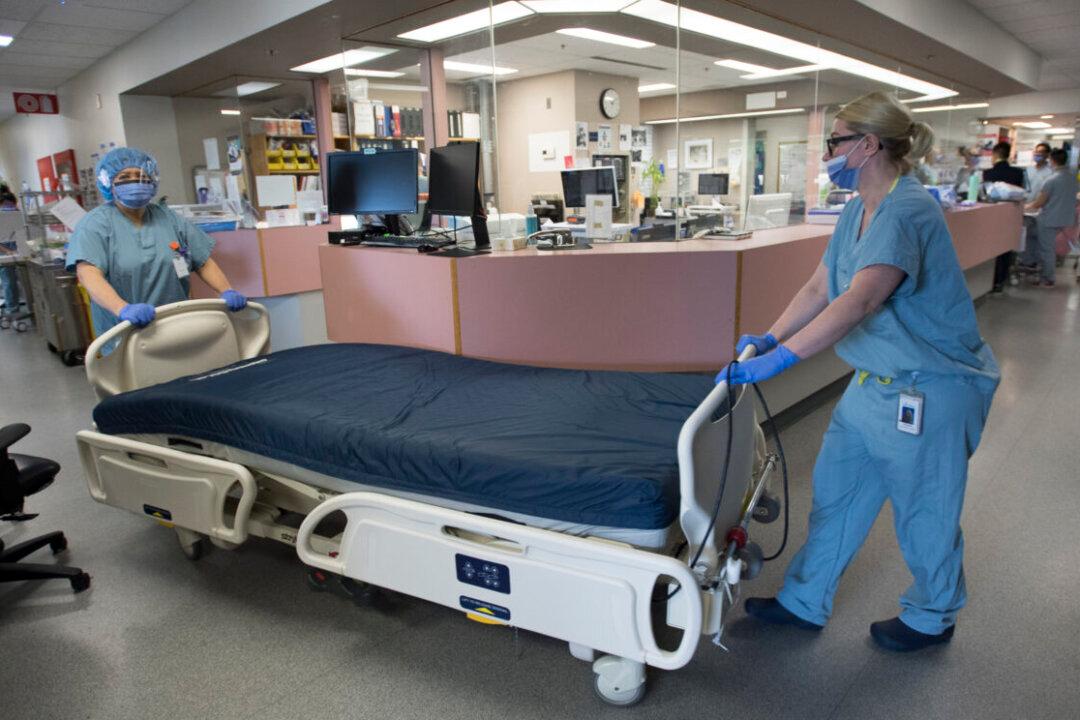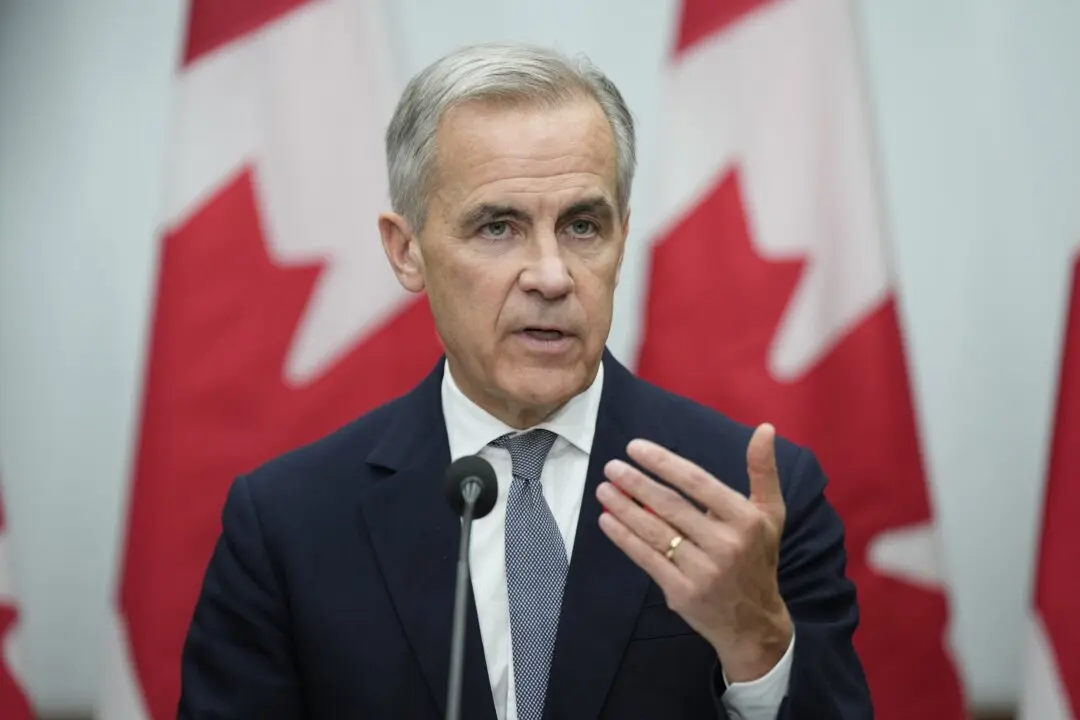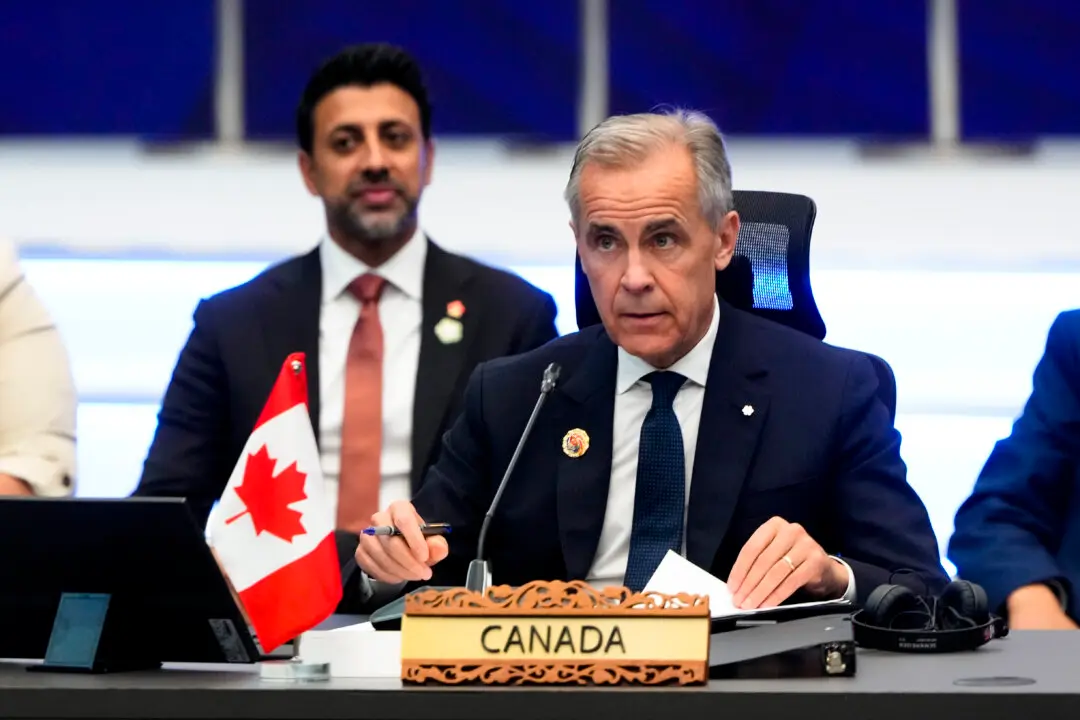Long waits for surgery and medical treatment that affected some 1.4 million Canadian patients in 2021 cost them nearly $4.1 billion in lost wages and productivity, a new study by think tank Fraser Institute estimates.
The study, published on April 20, says about 1,425,517 million Canadians were in the queue waiting for medically necessary treatment last year, costing them $2,848 per person on average due to lost wages and reduced productivity during working hours.





